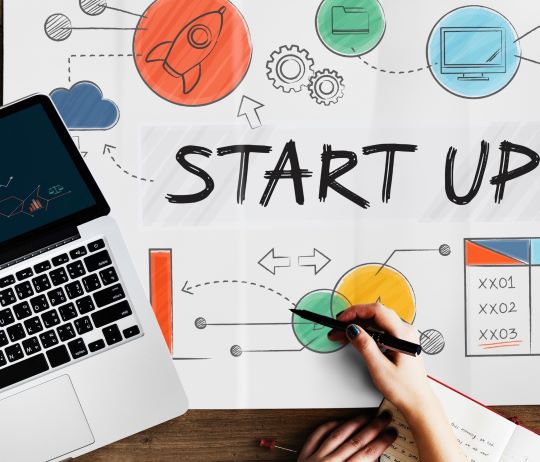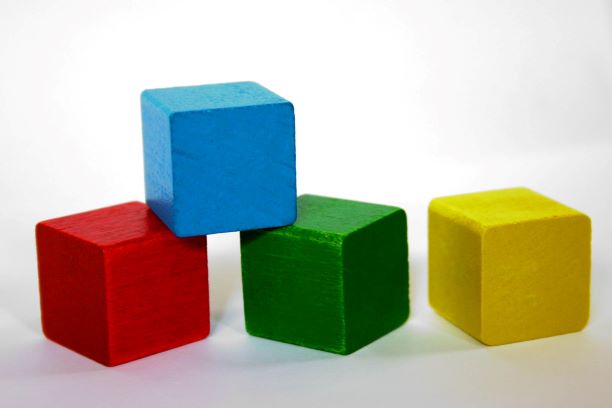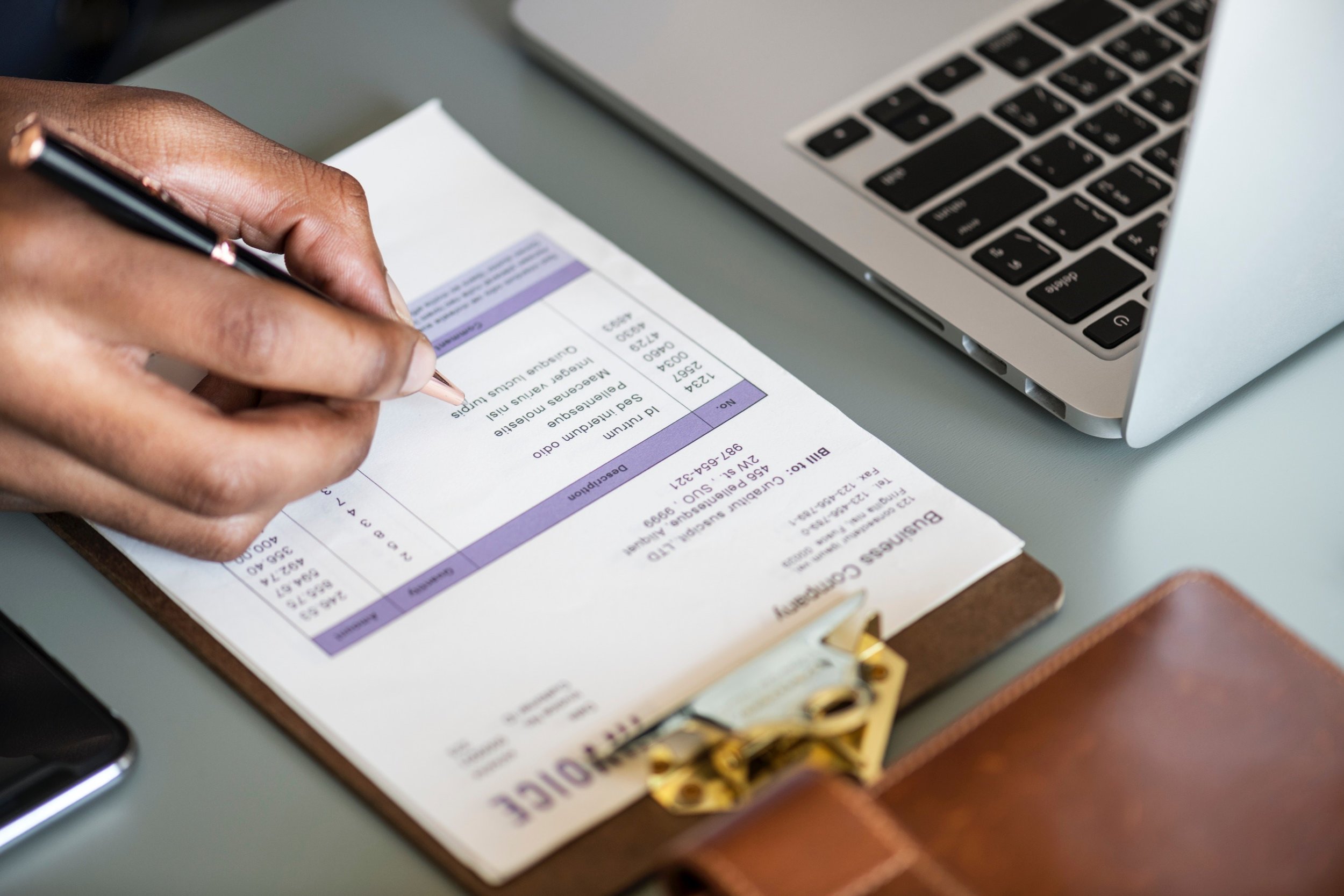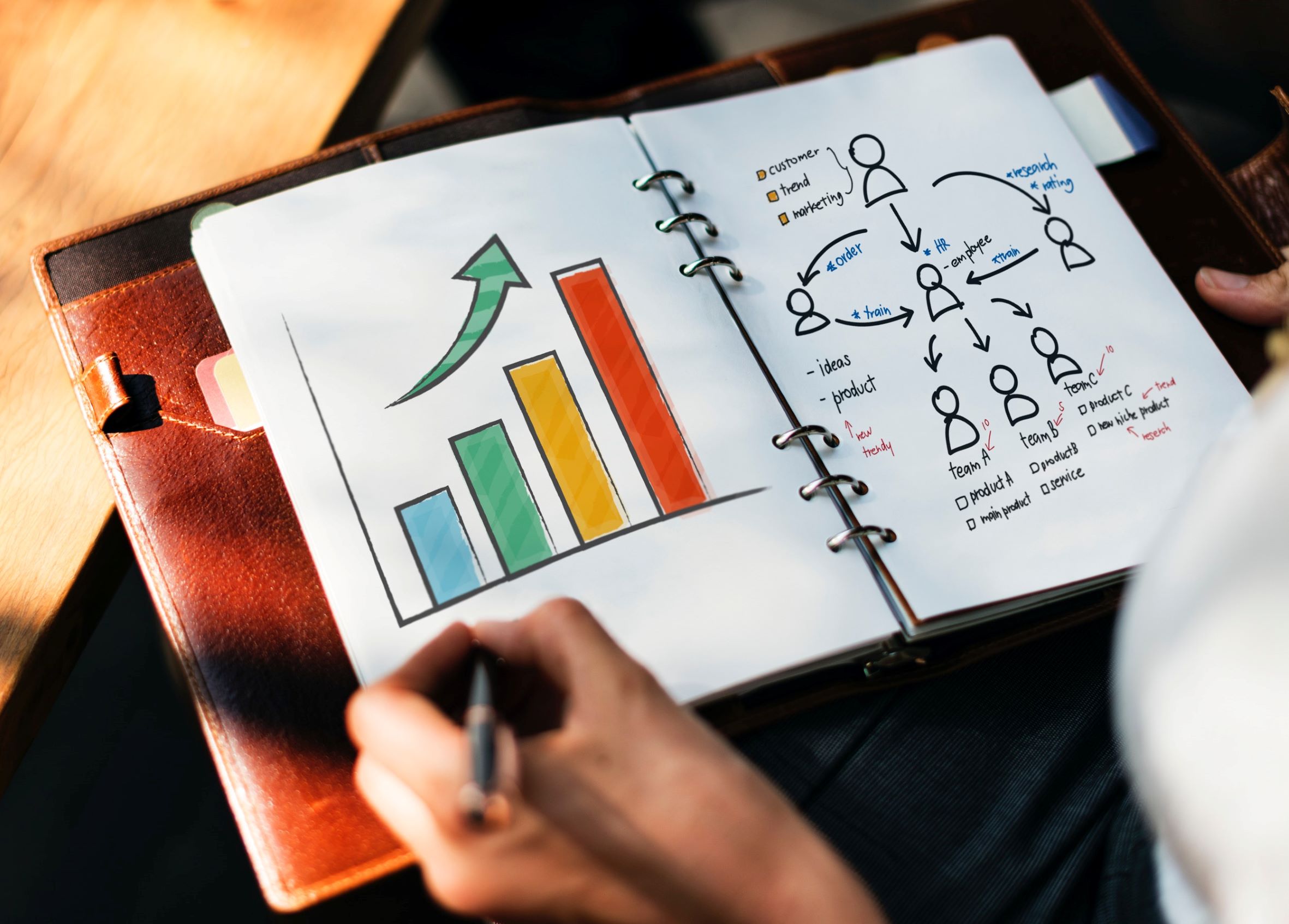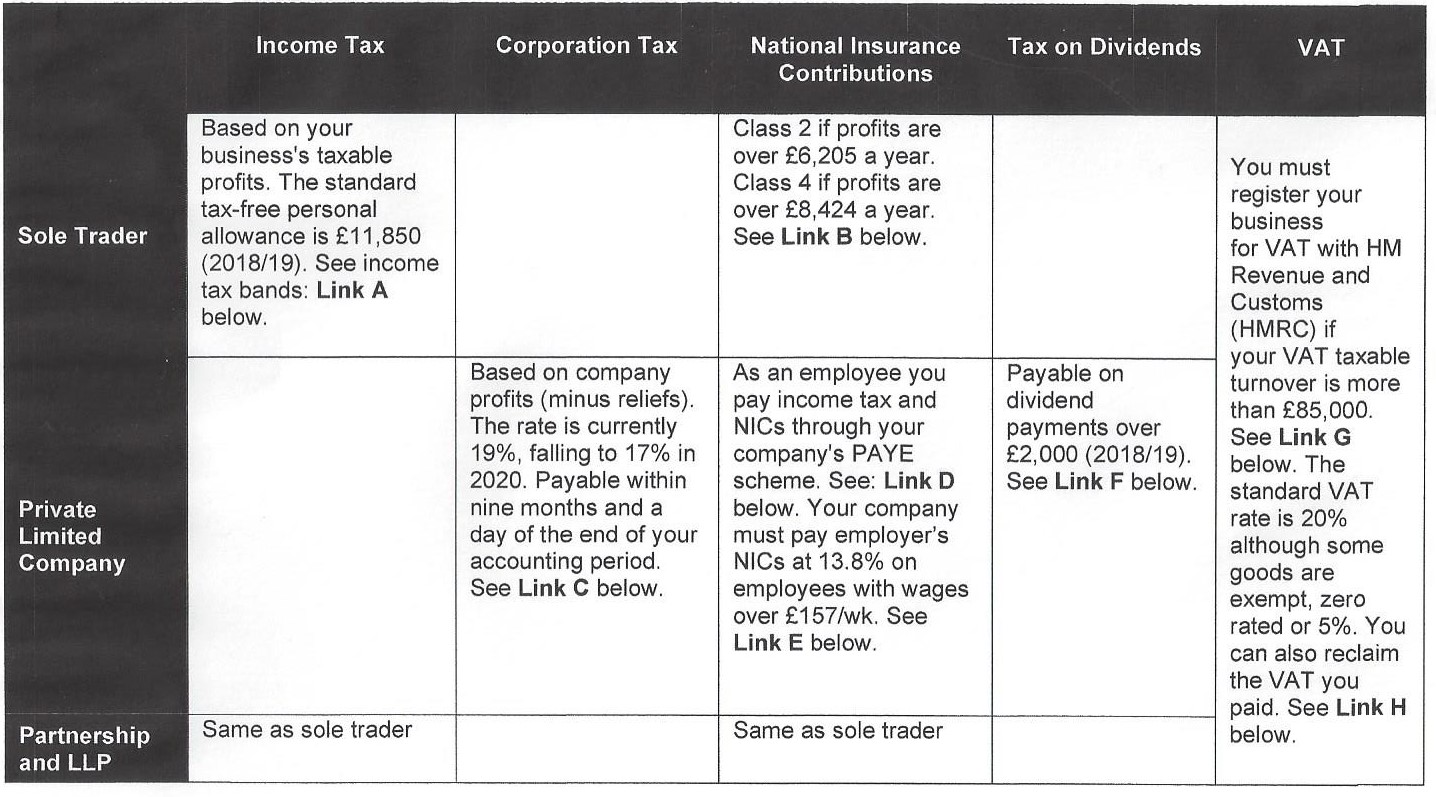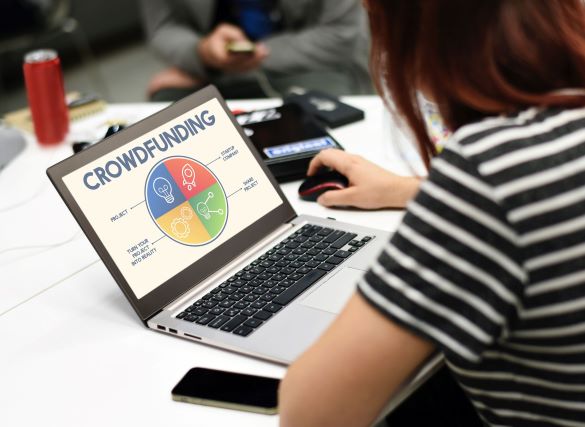12. Selling products and services
Your marketing campaigns are designed to reach your target customers and persuade them that they should visit your shop, website, online shop or other places where your product or service is available for purchase. The sales process is what you do to close the sale and gain a confirmed order, and there are a number of ways to do this. Startup Donut explains:
Selling face-to-face is best for high-value sales and for complex products or services that require demonstration or explanation.
Direct mail, telesales and ecommerce are more cost-effective options, especially for lower-value products.
You might use an intermediary, such as a retailer or wholesaler, to enable you to sell goods to individual consumers. In this case, you will need to focus your sales efforts on selling to the intermediary.
If you want to sell your product or service overseas, you might wish to consider using a sales agent.
If you have an online shop, where customers can purchase your product without contacting you, there are a range of tactics you can use to increase your conversions from prospects to customers, recover abandoned sales, and gain customer loyalty. Shopify, an ecommerce platform, has an interesting blog post ‘Ecommerce Marketing Essentials: 17 Actionable Tactics to Drive More Sales’ which is well worth reading. I also recommend reading How to Make Your First 10 Sales on their website.
Concerning face to face sales, you may feel uneasy about approaching people you don’t know, delivering a sales pitch and asking for an order. On the other hand, if you think about selling as a way you can genuinely help people with their needs, then as long as you learn and use sales techniques that you feel comfortable with, you will feel better about it and may actually enjoy it.
The sales cycle
The sales cycle is the process salespeople follow to close a new customer. Hubspot, a company that provides marketing, sales, customer service and customer relationship management (CRM) software, has an informative article on the Stages of a Sales Cycle, which include:
Prospect: Identify sales qualified leads (SQLs) and fill your pipeline with prospects who are a good fit for your product/service and your buyer persona, and who might be interested in hearing what you have to say.
Connect: Make contact. Ask for a mutual acquaintance to introduce you, engage with your prospect on social media like LinkedIn or Twitter, and reach out over email and phone. Introduce yourself, share the value of what you have to offer, and ask if they’d be interested in learning more.
Research: Set up a qualifying call. You’ll learn more about their business, their needs, and your ability to meet those needs. Some calls will end with you realising you’re not a good fit. Others will give you the insight to make a strong case for their adoption of your product/service.
Present: Present to the decision maker(s) at your prospect’s company.
Close: Follow up after the presentation, eg address a prospect’s objections or connect with legal or IT on logistical details. Then, to “ask for the close”. If they say, “Yes,” draw up the contract and send it over for final review and signing. If they say, “No,” you might have to address further objections or walk away from their business for the moment. Hubspot’s website includes a list of sales closing techniques you may find useful.
Keeping customer records
Keeping records of your customers’ contact details, contact and buying history is essential to your business, as this allows you to keep in touch and build relationships with them. You may want to start with a simple spreadsheet format, but as your business grows it is a good idea to consider CRM software. The Startups website has an excellent article ‘Best CRM for small businesses in 2021’ which explains more.
Further reading on this topic: Sell Your Products or Services; 38 Powerful Sales Techniques to Turn Your Prospects into Customers


